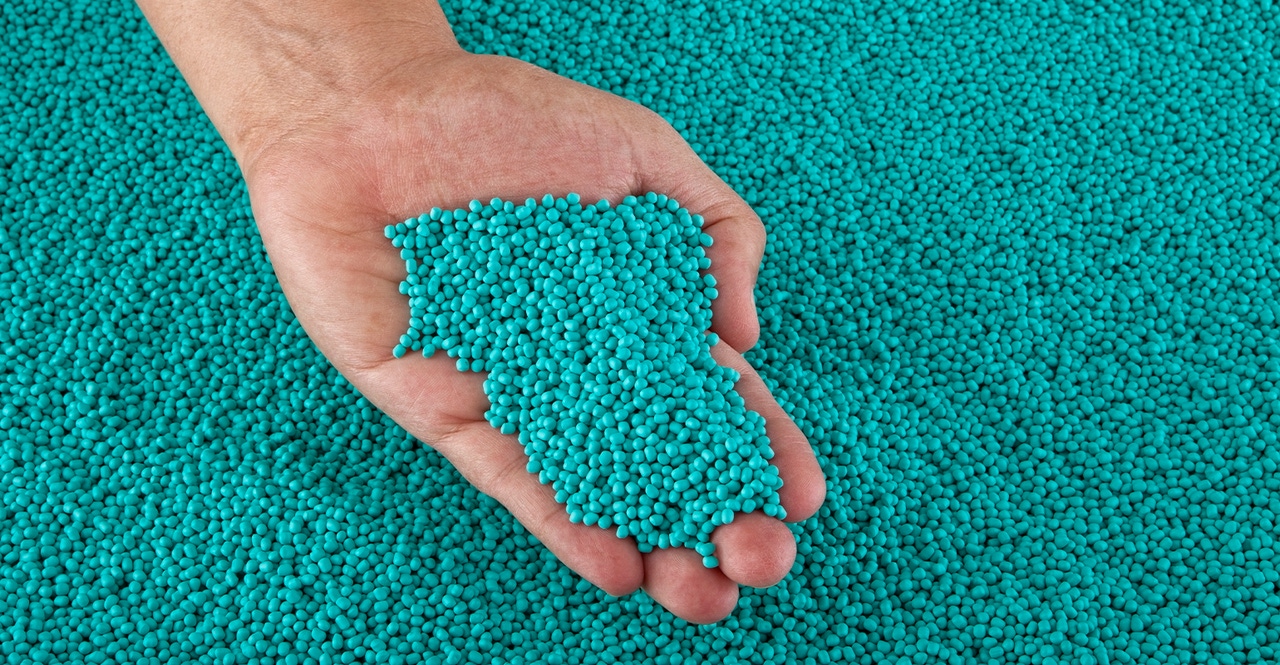Proposed Federal Law Targets Plastic Barrage; Follows Similar National Efforts
If a newly proposed federal bill passes, companies that make, use, package, or transport plastic pellets will be in violation of the law if they discharge plastic pellets into waterways, storm drains, or sewers. The Plastic Pellet Free Waters Act (HR 7634) leverages the Clean Water Act to establish zero-discharge limits for these microplastics— also called nurdles— which are the second largest source of ocean microplastics after tire dust (by weight), according to 5 Gyres Institute, researchers into plastic pollution.

If a newly proposed federal bill passes, companies that make, use, package, or transport plastic pellets will be in violation of the law if they discharge plastic pellets into waterways, storm drains, or sewers. The Plastic Pellet Free Waters Act (HR 7634) leverages the Clean Water Act to establish zero-discharge limits for these microplastics— also called nurdles— which are the second largest source of ocean microplastics after tire dust (by weight), according to 5 Gyres Institute, researchers into plastic pollution.
It’s estimated that 230,000 tons of nurdles leak into the environment yearly—with one production plant releasing 3 to 36 million pellets in that timeframe.
Because of their small size (about 1 to 5 mm) and their light weight, plastic pellets easily spill. They have made headlines when they’ve flooded into waterways, with a couple of the most publicized events being an accident at Port of New Orleans, resulting in 743 million pellets pouring into the Mississippi River, followed the next year by the release of 1,680 tons of nurdles into the ocean off the coast of Sri Lanka, according to UN reports.
“Spills are occurring all across our nation, and we have no way to hold anyone accountable,” Paulita Bennett-Martin, senior federal policy lead, 5 Gyres Institute says.
“Local communities turn to lawsuits as a last-ditch effort, but this is not always an accessible or equitable process for fence line communities. What would be more equitable and just is a national zero-discharge limit so that we can enjoy clean, safe waters,” she says.
Introduced by Senator Dick Durbin (IL) and Congressman Mike Levin (CA), the legislation is backed by 92 House and Senate co-sponsors.
All but one are democrats, says Kelly Leviker, beyond plastics advocate with the Public Interest Research Group (PIRG). One of her charges is to work to onboard more republicans in hopes of pushing the bill further.
“We know that Americans, regardless of political affiliation, support reducing plastic pollution and its impact on the environment. Community members across various states have expressed concern with their waters being polluted with plastic. We want to bring those voices to Congress so that members on both sides of the aisle know this is an issue that their constituents care about,” Leviker says.
Some states, including California, New York, Maine, Oregon, and Washington, have proactively taken measures to regulate plastic pollution. They have banned certain single-use plastics; implemented extended producer responsibility (EPR) laws, and/or are monitoring and reducing microplastic sources.
Rep. Mary Peltola (Alaska), an original sponsor of the proposed federal law, has spoken out about impacts in her remote part of the country.
“Alaskan communities are only healthy when our water is healthy. From crab to kelp and salmon, Alaskans’ meals and paychecks rely on unpolluted water,” she says, commenting microplastics are even showing up in the North Pole in the muscle and blubber of walruses harvested by hunters in her state.
When examining policies proposed in California, such as AB 2214, which aims to create an interagency working group to accelerate the state’s microplastic strategy, it becomes evident that tackling this form of pollution is a growing priority at all government levels, says Alison Waliszewski, director of regional policy, 5 Gyres Institute.
“This California bill, along with others like SB 1147 to mandate the monitoring of microplastics in drinking water, highlights the California legislature's commitment to comprehensively addressing microplastic pollution and adopting a multifaceted approach to prevent it at its source,” Waliszewski says
At the federal level, the Plastic Pellet Free Waters Act comes around the time of the Fighting Fibers Act of 2024—both, like California’s SB 1147, prioritize source reduction for tackling microplastic waste on a national scale.
The Biden-Harris Administration has been eying plastic for a few years, releasing a government-wide strategy: Mobilizing Federal Action on Plastic Pollution: Progress, Principles, and Priorities This plan includes phasing out single-use plastic from all federal operations by 2035 as well as single-use plastic from food service operations, events, and packaging by 2027.
And just this past April, U.S. representative Jared Huffman (CA) and Senators Cory Booker (NJ) and Jeff Merkley (OR) re-introduced the Protecting Communities from Plastics Act.
The movement is rippling beyond state and individual country borders. The United Nations Global Plastic Treaty could potentially put limits on plastic production, and there is discussion around including plastic pellet pollution within the treaty text.
The international effort behind this global treaty also has the potential to make a big impact. And it shows that concern about plastic pollution is growing internationally, attests Leviker.
Some anti-single use plastics advocates are coming down on individual corporations as a growing body of research shines light on the materials’ impacts.
As recently as 2024, a paper published in Science Advances calls out consumer goods companies, stating that 56 global companies produce what ultimately becomes more than half of all branded plastic pollution. At the top of their list were Coca-Cola, followed by PepsiCo, Nestlé, then Danone.
While attention to plastic pollution heightens, and proposed bills and initiatives finally reach a federal level, it’s hard to say if and when sweeping national rules will kick in.
Says Bennett-Martin: “Policy is almost always a long road, and when it comes to conservation measures, that can be an even longer and unpredictable road. The 5 Gyres Institute is using every opportunity we have to educate members of Congress about the microplastics issue and secure their support to find a pathway forward for the Plastic Pellet Free Waters Act.”
About the Author
You May Also Like




